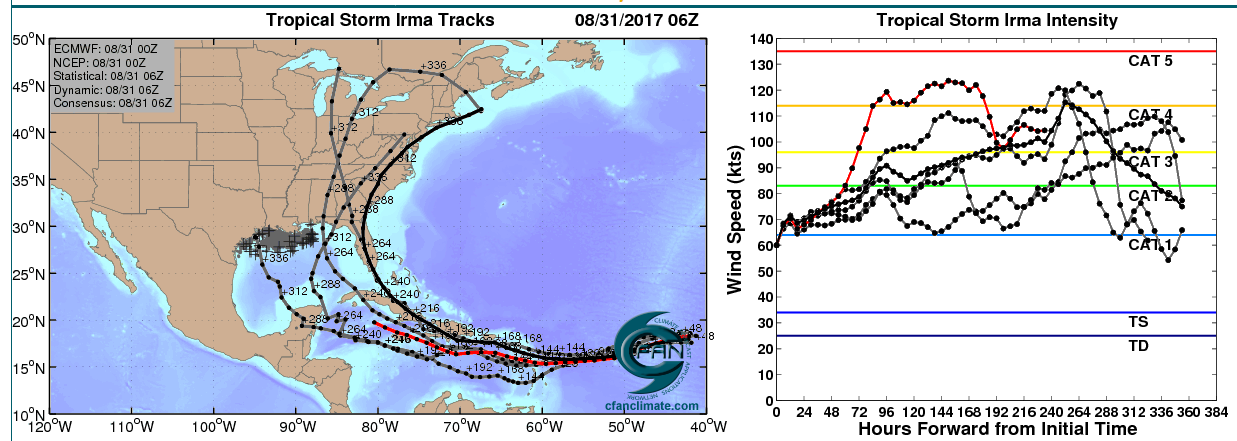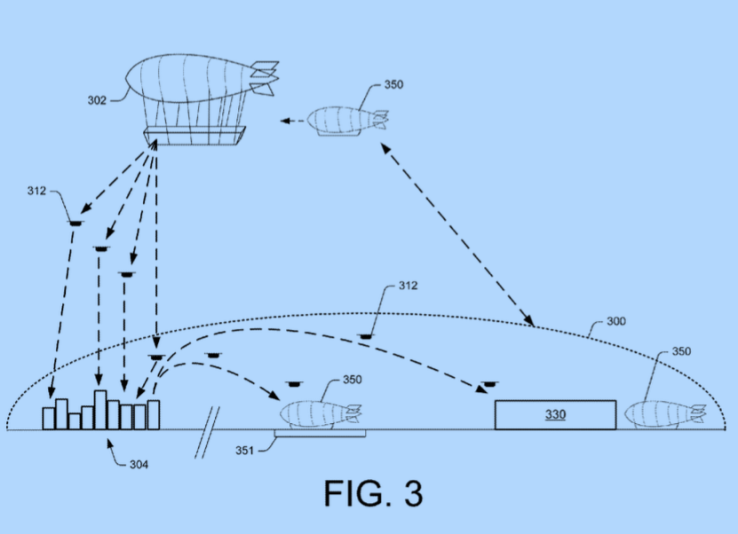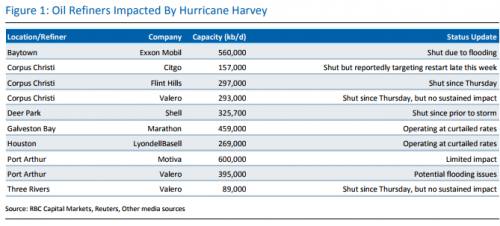Casinos have been putting RFIDs into higher denomination gambling chips for years.
One feature was highlighted in the 2010 $1.5 mil. Bellagio heist. You can, in effect, make the chips worthless, which thinking, if applied to currency, would put an "expiry date" on the bills after which they become wallpaper, thus forcing the spending the powers-that-be crave.
This is just another area of tech the casinos led the way on, others being facial recognition and a couple I'm not going to mention.
From News.com.au, July 4:
Cash crackdown boss floats nano-chips in notes
THE man charged with cracking down
on the “black economy” has revealed how he would like to keep track of
your $100 and $50 notes.
Hi-tech nano-chips would
be implanted in Australia’s “disappearing” cash under a plan floated by
Michael Andrew, the head of the federal government’s Black Economy Taskforce.
Speaking to The Courier-Mail, Mr Andrew said too much cash was being hoarded under pensioners’ beds and stockpiled as a trusted currency in China.
Estimates
for the size of Australia’s so-called black economy vary from $23
billion to $50 billion. The government claims tax avoidance through cash
payments costs the budget up to $10 billion in revenue, money that could go towards funding welfare and other services.
In
the May budget, the federal government announced an extra $32 million
funding for the Australian Taxation Office to fund its cash crackdown,
which it expects to bring in an extra $589 million in revenue over the
next four years.
According to Mr Andrew, who will hand down his
final report in October, there should be 14 $100 notes for every adult
in Australia but there are fewer than that in circulation. While
criminals prefer the $50 note, as the Reserve Bank pointed out in its defence of cash last year, foreign migrants and pensioners prefer $100s.
“You see a lot of Chinese don’t trust their banking system so they like to take Australian dollars back to China,” he told The Courier-Mail.
“We’re seeing $100 notes used by pensioners because there’s an
assets-based test at the moment and they like to keep a fair bit of cash
under the bed.
“I’m working with the Reserve Bank and Austrac to
get a better understanding of where our notes are. Clearly there’s a
section of this that is organised crime. One of the options we would
have is putting an expiry date on these notes.
“You could put a
trace on some of these notes to see where they would go. You can use
nano technology to put little chips in so you could then trace it.”
Last year, a report by UBS recommended Australia scrap the $100 note.
According to UBS, benefits may include “reduced crime (difficult to
monetise), increased tax revenue (fewer cash transactions) and reduced
welfare fraud (claiming welfare while earning or hoarding cash)”.
Liberal
Democrats Senator David Leyonhjelm at the time criticised the cash
crackdown proposal, saying “the only people who are distressed by the
cash economy are the government and the public servants who want to
spend taxes”....MORE











